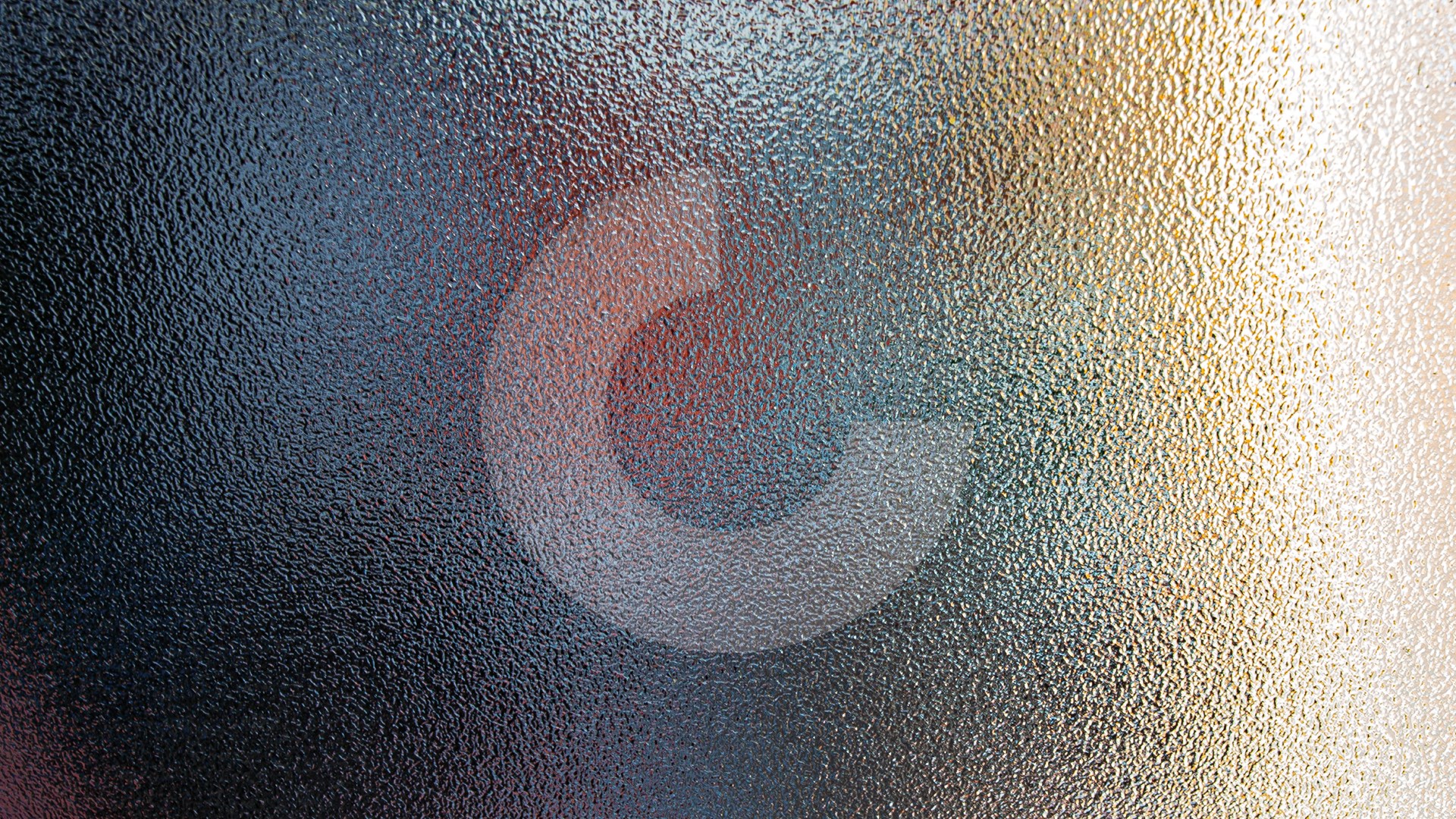How to rebrand: the Cedar story

The creative duo behind our rebrand share their learnings
People tell us there’s something different about Cedar. Yes, we’re an agency that creates impactful content that drives profit for brands. But we’re also passionate about having a positive impact on the lives of our clients, their customers and our colleagues.
But on the eve of our 50th anniversary, we launched a full brand refresh. Why? The post-pandemic landscape, with huge tech innovation and societal shifts – and a portfolio increasingly focused on digital and social – meant we needed to redefine our offering.
Our ‘Made different’ proposition captures Cedar’s commitment to the power of human relationships and our mission to harness science and creativity to help brands stand out, not fit in. True to this ethos, the rebrand was managed in-house, with various teams from across the business developing the proposition, values, new logo and visual identity, tone of voice and website.
It’s been a rollercoaster of a ride! Here are 10 things we’ve learnt along the way:
1. Own your past in order to shape your future
The word ‘rebrand’ suggests complete reinvention, but the past is what makes a business the success it is. Rebranding is about evolution, not jettisoning everything that’s gone before. Indeed, some of our most innovative work has been developed off the back of long-standing relationships.
2. Collaboration is key – but orchestration is essential
Rebranding is a messy business: people coming together, breaking into satellite groups, lots of subjective opinions flying around. Having the wider team involved in the process was invaluable; a large part of our role was corralling those different workstreams and pushing for consensus to keep things moving.
3. Expose your ideas to interrogation
No one likes having their work pulled apart but, with something as tricky as defining a company’s brand proposition, you need to be open to alternative viewpoints – and criticism. The more opinions you ask for, the more ideas you throw at the wall (and in the bin), the more you can see what sticks.
4. Look inward to project outward
To package yourself up as a compelling brand, you need to understand your people and culture. This will help you develop your company’s values. It took a disproportionate amount of time to come up with seven words that summed up the Cedar spirit – Be bold. Be real. Make a difference – but it’s time well spent when you consider that these will underpin everything for years to come, from improving business operations to building brand loyalty.
5. Talent trumps ego
The best ideas don’t necessarily come from on high. Coming together, collaborating, knowing when someone else has had a genius idea, not only shows confidence in leadership but raises the game for everyone, demonstrating that excellence reaps rewards.
6. Instinct is a powerful tool
Design is not just about pretty pictures; it’s about solving problems. Our crack team of designers defined the brief, did their research, interrogated different approaches and finessed the work until we got to a place that felt right. However, sometimes, much like a cryptic crossword, you know the answer – but just have work backwards to prove it.
Watch the video
7. Create the building blocks of design
With all good design, a toolkit ensures consistency in communications. Our brief was to create a clean, modular visual identity that would work across all platforms, client portfolios and offices. The building blocks we developed include:
• A strong, playful marque – the recut C – reflecting the ‘Made different’ ethos.
• Typography that acts as a visual voice, with various styles and weights providing nuance, and clean, crisp fonts to better reflect the digital nature of our work.
• Short, snappy animations in a heavier Lulo font to create a strong identity on social.
• A nod to our print past with Tiempos Italic, a serif font heavily influenced by Times New Roman.
• A colour palette that adds personality while being able to flex across travel, tech and food imagery.
This framework means that everything we put out there looks and feels like part of the family.
8. Done is better than perfect*
(*With apologies to Sheryl Sandberg.) As content experts, we’re our own worst clients. We rewrote briefs, agonised over our approach, busted a few deadlines… But at some point, you have to call time and throw your work out into the big wide world. (Although, as both client and agency, we know can make tweaks any time we like!)
9. Tone of voice should reflect who you are – and who you want to be
You need to write in a way that feels authentic to your brand. But developing a strong, confident tone of voice like dating – yes, be honest about who you are but remember, you can encourage people to swipe right by elevating certain qualities.
10. Marketing is everyone’s responsibility
There’s no point doing all this work and not shouting about it. Again, a toolkit is key to empowering teams to promote your brand: repeatable editorial franchises for social, so that everyone can talk about what's going on on LinkedIn and Insta; templates to help people deliver killer presentations every time.
Putting a shiny new version of your brand out there can be nerve wracking. Will people like it? Will it make us more attractive to clients and prospects? Will we be the envy of our competitors? And once all the excitement has died down (within about two days TBH), will we able to keep the conversation going?
But if, at the end of this process, you feel you’ve landed on a proposition, values and visual identity the truly represent your people and product – and you give your team the tools to talk about your brand with confidence, clarity and brevity – the rest will look after itself.